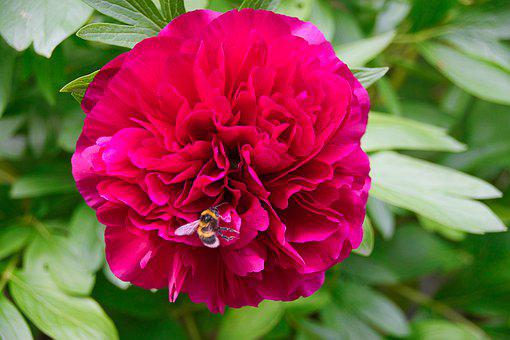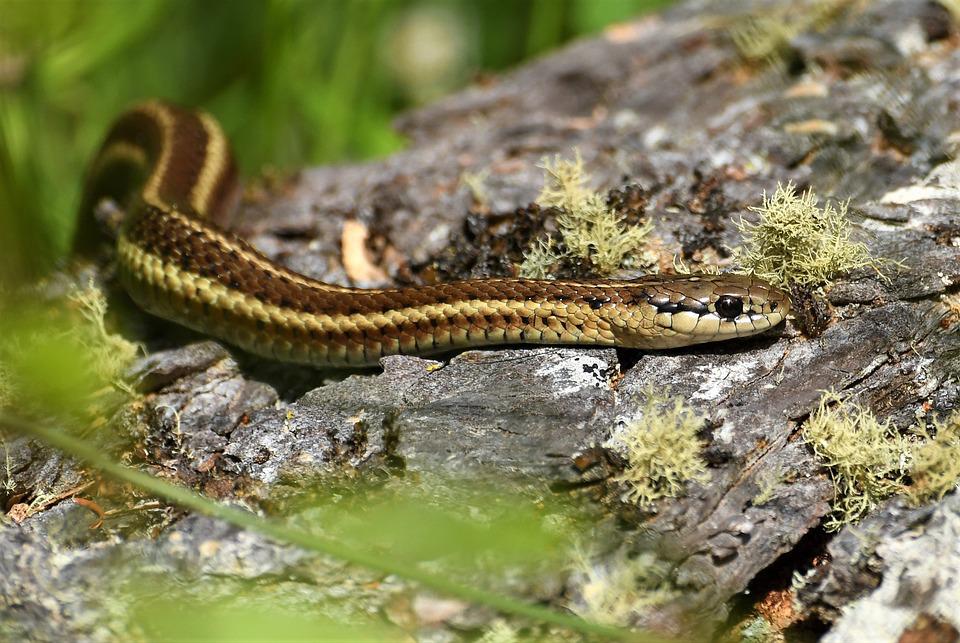Author Dean Wesley Smith calls it The Time of Great Forgetting – that stretch between now and the end of August when writing routines get torpedoed because of outside influences. That could be anything from the lure of family reunions or friends visiting from out of town, the pull of the garden and all things outdoors, or even travel, depending on your Covid comfort level. Writing conferences and workshops, in spite of being a part of our professional life, can be a distraction too, especially if travel is involved. And if you have kids at home, it goes without saying that a regular writing routine is much harder to maintain during summer holidays.
Distractions aren’t limited to the spring and summer; they can happen anytime. On the upside, the writing life is flexible, making it easy to respond. But there can be a downside to that flexibility too. Lines can get blurred. For instance, someone who started working at home during the pandemic commented that his work and his other life bled together ‘like a tie-dye sweatshirt.’ Depending on the type of distraction you’re facing, and how you respond, creative routines can slide or even become completely eroded.
You might be fine with letting them go for a few months. But if not, here are a few things that help me maintain focus when life dishes the distractions.
Creating a schedule and (mostly) sticking to it. That used to be Monday to Friday, nine to three (a hold-over from when my kids were in school). I still aim for that, with a couple of exceptions: an early morning walk with a group of neighbourhood women once a week; and the occasional (once or twice a month) Friday afternoon lunch or coffee date with a friend.
Writing in the morning and leaving the business side of writing (research, social media, blogging) for the afternoon. It takes discipline and a little planning, but it’s doable.
Scheduling ahead when and where possible. I try to write, upload and schedule my blog a week ahead (or longer if I’m going away). Tweets can be scheduled in advance too, a bonus for getting a jump on promotion or simply trying to maintain a social media presence. But the latter can also be something of a gamble. If the tone of your scheduled tweets is upbeat and light, and they appear around the time something horrible hits the news (and you forget or can’t take them down), it could reflect poorly on you.
Grouping tasks and appointments. Some things like vet or doctor appointments inevitably crop up during working hours. When I can’t schedule them for the end of the day, I try for afternoon appointments, and I try to fit in another task (picking up a hold at the library or visiting the post office) at the same time.
Being satisfied with small steps. I may not have a full or half-day, but with thirty minutes, I can read over the last scene I wrote and make a few notes in the margin. A few minutes a day on peripheral work can keep the story in my mind and make it easier to return to later.
Learning to say no. It’s not always easy, especially when you’ll disappoint someone. But there are times to be available to others and times when we need to be available to ourselves. We sometimes forget that.
And finally, remember that everything is temporary. This, too, shall pass. Repeat as needed.











Comments